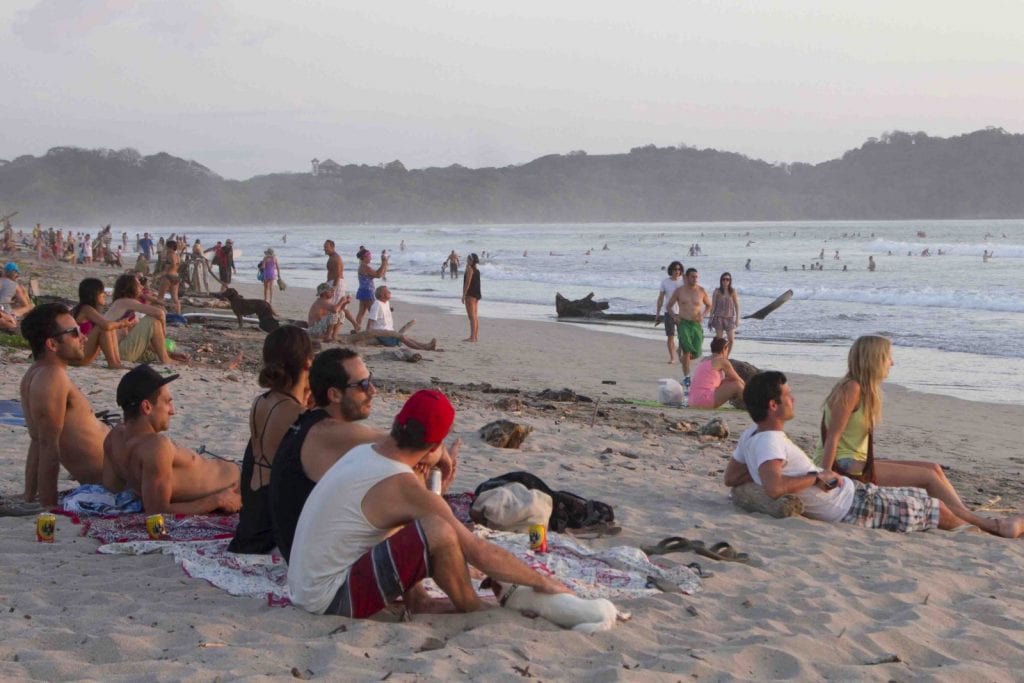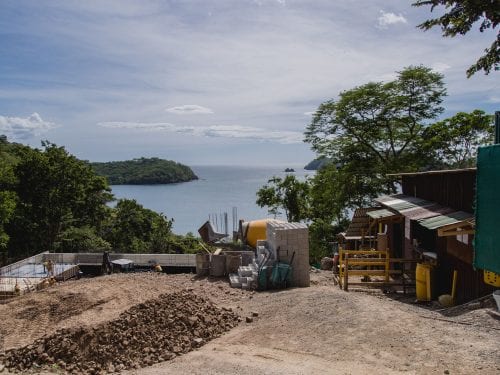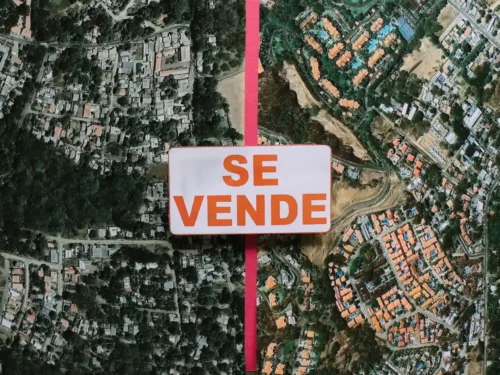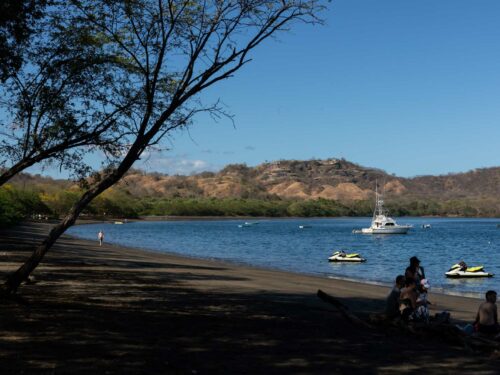
In recent weeks, the price of the dollar reached levels above ¢625. Just 11 months ago, the greenback cost ¢53 colons less.
Officials blame uncertainty around the government’s fiscal situation for the abrupt movement in the colon’s value.
There are big winners and losers amid the colon’s recent roller coaster ride, according to financial analyst Daniel Suchar. The tourism industry has both.
In order to analyze how the dollar’s price affects the industry, we must first divide it into three main groups: the international tourist, the national tourist, and the tourism business owner.
Below are explanations for each category:
1. International Tourist
Aileen Ocampo, president of the Guanacaste Tourism Chamber, says that a foreign tourist who comes to the country with dollars is a winner. Why? Because they are going to receive more colons for each dollar they bring.
In Guanacaste, that’s the majority of tourists that visit. According to the most recent data from the National Tourism Institute (ICT), the country received 410,364 international arrivals through August at the Daniel Oduber International Airport in Liberia. Of those visitors, 75 percent came from the United States.
In other words, a tourist comes from the United States, exchanges dollars and they have enough to buy more. But if the tourist brings dollars and spends dollars while in Costa Rica, they won’t notice a difference.
According to Ocampo, the outlook for foreign tourists will only grow cloudy if the hotel or service that he or she is purchasing raises their prices as a result of the colon’s devaluation.
2. National Tourist
Financial analyst Daniel Suchar says that the local tourist is the one who will feel the pinch of the stronger dollar. In other words, the local tourists lose.
Suchar says that if a national tourist earns colons and the hotels charges in dollars, he will need more colons in order to make the payment.
It’s clear that the flow of local tourism will diminish somewhat. Not all of them, of course. There will be national tourists that can afford the payments, but in general terms, yes” they will lose, he said.
The president of Caturgua agreed and added that during moments of uncertainty, Costa Rican citizens pull back on spending and taking a vacation is no longer a priority.
She was also emphatic in that, at least in Guanacaste, the chamber isn’t entirely sure of how much the sector has been affected for the colon’s fall versus the dollar.
3. Tourism Business Owner
In order to analyze this type of tourist, we must look at several things. The first, according to Suchar, is how the sector depends, in large part, on the foreign tourist and that a potential drop in national tourism could be replaced with more foreign visitors, but that “it’s not absolutely certain that will happen.”
The specialist recommends that tourism business owners conduct a review of their operations, starting with adjusting costs, if necessary, in order to cover all their needs.
“If you charge in colons and have expenses in dollars because of imports for business operations, you should adjust your prices in colons,” he said. “Business owners will only be a big winner if they charge in dollars and have expenses in colons.”
Ocampo from Caturgua said that concerns are growing for recent exchange rate pressures as well as general uncertainty in the country, but expects a good tourism season.
“You have to consider that prices of products are going to rise and that ends up increasing the price for the consumer,” she said. “We were affected by the strike. National tourists didn’t come to Guanacaste despite it being the season for national tourism. We hope that there isn’t an impact on small and medium businesses in the sector.”
Peak tourism season begins this month and extends through April 2019.








Comments